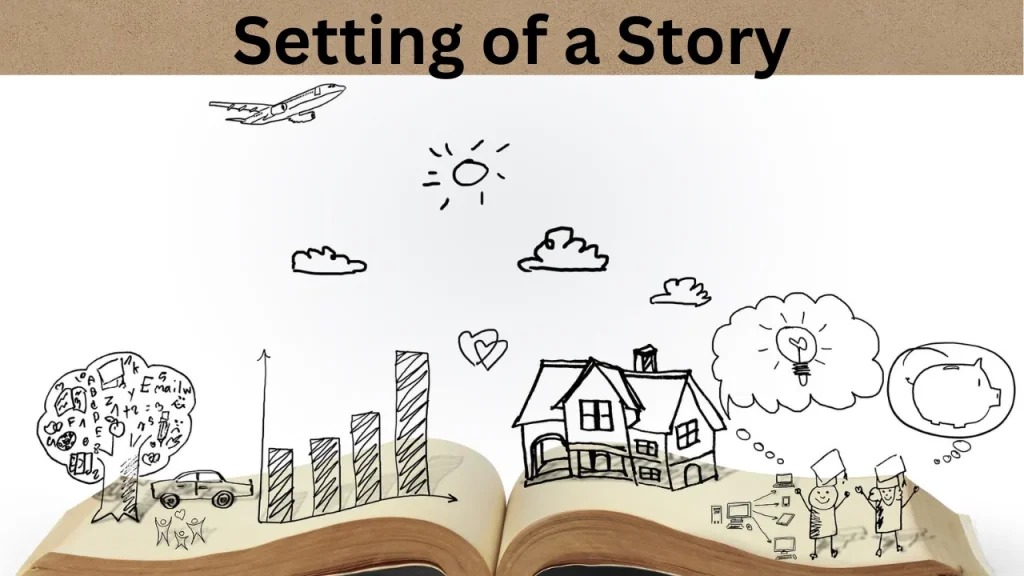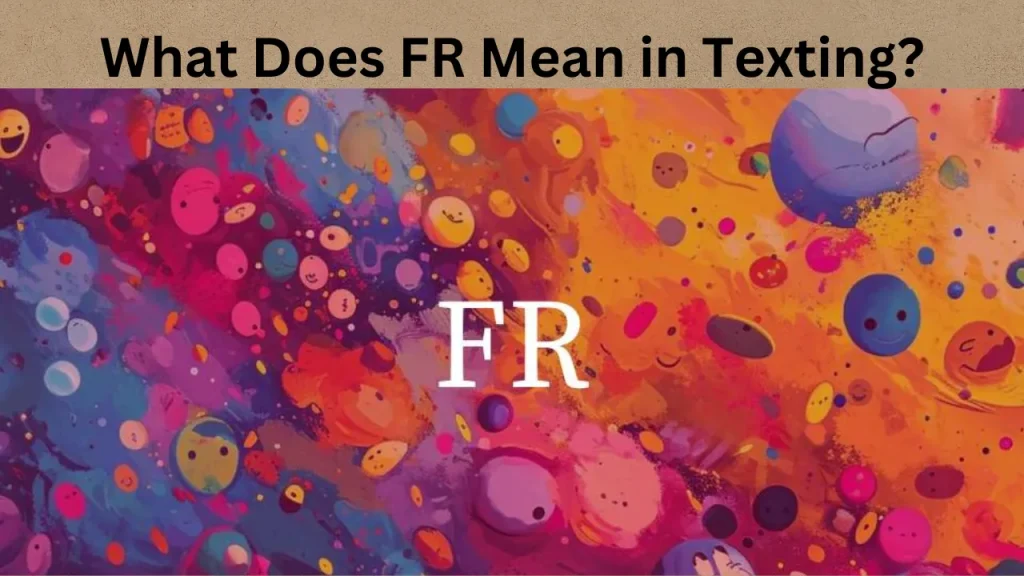The setting of a story plays a crucial role in shaping the narrative. It is not just a backdrop but an essential element that influences the plot, characters, and mood. Whether a story unfolds in a dystopian future, a historical era, or a fictional world, its setting helps readers connect with the storyline.
Understanding the setting of story is essential for writers, readers, and even filmmakers, as it sets the foundation for storytelling. In this article, we will explore what setting is, its different types, and how it impacts a story’s overall structure.
What is the Setting of a Story?
The setting of a story refers to the time, place, and environment in which a narrative unfolds. It helps establish the context of the plot and provides depth to the characters. A well-developed setting allows readers to visualize the world and immerse themselves in the story’s atmosphere.
Three Main Elements of Setting
To fully understand the setting of a story, let’s break it down into its three key elements:
| Element | Description |
|---|---|
| Time | The period in which the story takes place (past, present, future, specific historical era). |
| Place | The physical location of the story (a city, a village, space, or even a fantasy realm). |
| Environment | The cultural, social, and emotional atmosphere that influences the story (e.g., political tensions, economic conditions, societal norms). |
Importance of the Setting of a Story
The setting of a story does more than establish a place and time—it plays an active role in the storytelling process. A strong setting can:
- Influence the Plot: The events in a story are often shaped by the setting. A desert setting may lead to survival challenges, while a futuristic city could introduce advanced technology into the plot.
- Develop Characters: The environment in which characters grow influences their behaviors, beliefs, and decisions. A person raised in a strict society may act differently than someone from a free-spirited community.
- Set the Mood and Tone: A dark, foggy street at midnight creates suspense, while a bright, sunny beach fosters a cheerful atmosphere. The setting of story shapes how readers emotionally respond to the narrative.
Types of Story Settings
The setting of a story varies based on the genre and the writer’s intent. Here are some common types of settings found in literature:
Realistic Setting
A realistic setting is based on real-world locations and historical periods. It includes actual cities, cultures, and events, making the story feel authentic. Novels like Pride and Prejudice (set in 19th-century England) use realistic settings to reflect societal norms of that era.
Fantasy or Fictional Setting
Many fantasy and science fiction stories take place in imaginary worlds. These settings require extensive world-building, including unique landscapes, rules, and cultures. J.R.R. Tolkien’s The Lord of the Rings features Middle-earth, a richly detailed setting with diverse regions and histories.
Historical Setting
Some stories are set in specific historical periods, where real-life events influence the plot. Books like Les Misérables depict 19th-century France, integrating historical events into the storyline.
Futuristic Setting
Science fiction stories often use futuristic settings that explore advanced technology, dystopian societies, or intergalactic travel. For example, 1984 by George Orwell presents a totalitarian future that warns about the dangers of government surveillance.
Impact of Setting in Different Genres
The setting of a story plays a different role depending on the genre. It can act as a backdrop, a source of conflict, or even a character itself. Writers carefully design settings to match the tone, themes, and expectations of different genres. Let’s explore how setting influences storytelling across various genres.
How Setting Differs in Fantasy vs. Science Fiction
In fantasy stories, the setting is often a completely new world filled with magic, mythical creatures, and unique cultures. World-building is crucial in this genre because readers need to understand the laws, geography, and history of the fictional land. The Lord of the Rings and Harry Potter are great examples where settings like Middle-earth and Hogwarts are central to the plot.
On the other hand, science fiction settings are often futuristic, technological, or dystopian. These settings explore advanced scientific concepts, space travel, or alternate realities. Books like Dune and 1984 showcase settings that define their worlds through technology, politics, and societal structures.
The Role of Setting in Horror and Thriller Stories
In horror stories, the setting of a story creates suspense and fear. Haunted houses, dark forests, abandoned towns, and eerie hospitals contribute to the unsettling atmosphere. The setting amplifies the psychological tension in the story, making readers feel uneasy. Stephen King’s The Shining, set in the isolated Overlook Hotel, is a prime example of how setting can become an active force in horror.
For thrillers, settings play a role in creating urgency. A high-speed chase through a crowded city or a mystery unfolding in a small, quiet town can dictate the story’s tension. The setting determines how characters move, interact, and uncover secrets.
Also Read: Crossdresser Stories: Impact on Fashion, Culture and Society
How to Create an Engaging Story Setting?
For writers, crafting a compelling setting of a story requires attention to detail. Here are some essential techniques to enhance story settings:
- Use Sensory Details – Describe sights, sounds, smells, tastes, and textures to make the setting feel real. Example: “The air smelled of fresh pine, and a cool breeze rustled through the tall trees.”
- Establish Mood Early – Introduce elements that hint at the story’s tone. A gloomy, abandoned house can foreshadow a horror story.
- Integrate Setting into Action – Instead of merely describing the setting, weave it into the character’s experiences. Example: “She hurried through the crowded marketplace, the scent of roasted chestnuts filling the air.”
- Make It Relevant to the Story – Ensure that the setting influences the plot or characters in meaningful ways. A survival story set in the Arctic will require different challenges than one set in a desert.
Also Read: Two Stories Sally Rooney: Her Most Iconic Novels
Examples of Iconic Story Settings
| Book/Movie | Setting Description |
|---|---|
| Harry Potter | Hogwarts, a magical school with hidden chambers and enchanted staircases. |
| The Great Gatsby | 1920s America, filled with extravagant parties and societal decadence. |
| Frankenstein | Dark, gothic settings that reflect isolation and horror. |
| The Hunger Games | A dystopian world where different districts struggle under oppressive rule. |
| To Kill a Mockingbird | 1930s Southern America, reflecting racial and social tensions. |
Also Read: Futanari Stories: Genres and Fantasy & Sci-Fi Influence
How Writers Can Research and Develop a Story Setting
A well-developed setting can make or break a story. Readers need to feel immersed in the world, whether it’s a real location, a historical period, or an imaginary universe. Here’s how writers can effectively research and develop settings for their stories.
Studying Real Locations for Inspiration
For realistic settings, writers often visit locations or study them through books, documentaries, and online resources. Observing a place firsthand helps in capturing its sounds, smells, and atmosphere.
For example, an author writing about New York City might walk through different boroughs, noting the architecture, street life, and cultural diversity. A novel set in the Amazon rainforest would require research on wildlife, climate, and indigenous communities.
Using Maps, Blueprints, and Historical Documents
Maps and blueprints are valuable tools for developing a setting. Fantasy and sci-fi writers often create detailed maps of their fictional worlds to maintain consistency in their stories.
For historical fiction, studying old documents, letters, and photographs can help writers accurately depict the setting. If a novel is set during World War II, reviewing war records, firsthand accounts, and old newspapers can provide realistic details.
Read more stories from around the world here at your topics | multiple stories
Conclusion
The setting of a story is one of the most important elements of storytelling. It shapes the plot, characters, and mood, influencing how readers perceive and engage with the narrative. Whether realistic or fantastical, a well-developed setting adds depth and authenticity to a story.
Understanding how to craft and analyze the setting of story can improve both writing and reading experiences. By paying attention to details, atmosphere, and context, writers can create immersive worlds that captivate their audience. The next time you read a novel or watch a movie, take a moment to appreciate how the setting shapes the story.
Also Read: Reddit GoneWild Stories: Everything You Need to Know



